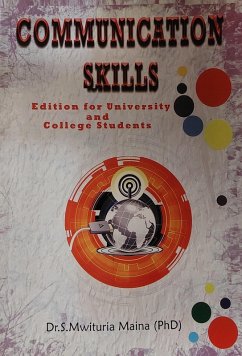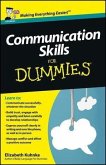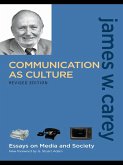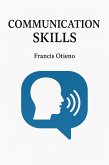The philosophy that animates this book is that interpersonal communication is the bedrock of all human interaction, a skill constantly employed at home with families, in the workplace with colleagues, and through digital mediums like email and telephone. Every encounter involves a complex exchange of explicit verbal messages and implicit nonverbal cues, from facial expressions and body language to tone of voice and physical demeanour. This text begins by guiding students through the critical first step of any successful interaction: selecting the appropriate communicative method for the context. The modern academic and professional environments offer a plethora of tools, and discerning whether a situation necessitates a formal email, a quick telephone call, or a nuanced face-to-face conversation is a foundational competency. While emails excel at documenting information and organising logistics, face-to-face conversations and phone calls facilitate a richer, more personal exchange where immediate feedback and relational nuances can flourish.
The objectives of this work are multifaceted and directly aligned with the needs of the modern student. It seeks to thoroughly familiarise readers with the core concepts, theories, and dimensions of human communication, illuminating its indispensable role in personal, social, and professional success. It is meticulously designed to ensure that students acquire the necessary skills for effective intrapersonal and interpersonal communication, enabling them to navigate both informal social settings and high-stakes formal environments with equal confidence. A core aim is to teach the practical application of these skills across a wide spectrum of real-life situations. The book fosters a deep awareness of how language and communication forms vary across time, cultures, and social contexts, while ensuring students gain a sound knowledge of basic vocabulary, functional grammar, and stylistic nuance. It cultivates an understanding of diverse verbal interactions, from casual conversations to structured interviews and debates, and illuminates the distinct features of different spoken registers. The critical paralinguistic features of communication-including voice quality, facial expressions, and gesture systems-are explored in depth, providing students with a holistic understanding of how meaning is constructed and conveyed.
Upon engaging with the material in Communication Skills: Edition for University and College Students, the learner will be empowered to achieve a series of concrete outcomes. They will be able to identify and apply core communication principles using a structured process model. They will learn to set clear communicative goals, determine desired outcomes, and initiate interactions with confidence.
Dieser Download kann aus rechtlichen Gründen nur mit Rechnungsadresse in A, B, CY, CZ, D, DK, EW, E, FIN, F, GR, H, IRL, I, LT, L, LR, M, NL, PL, P, R, S, SLO, SK ausgeliefert werden.









